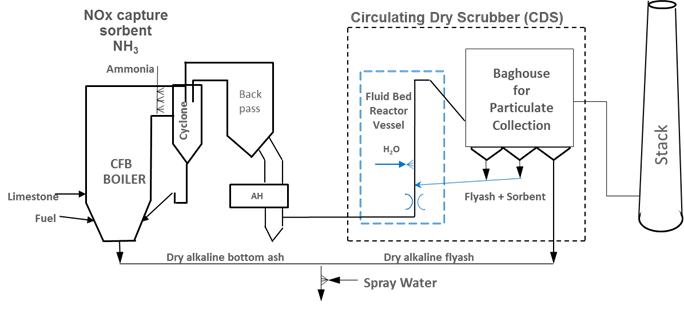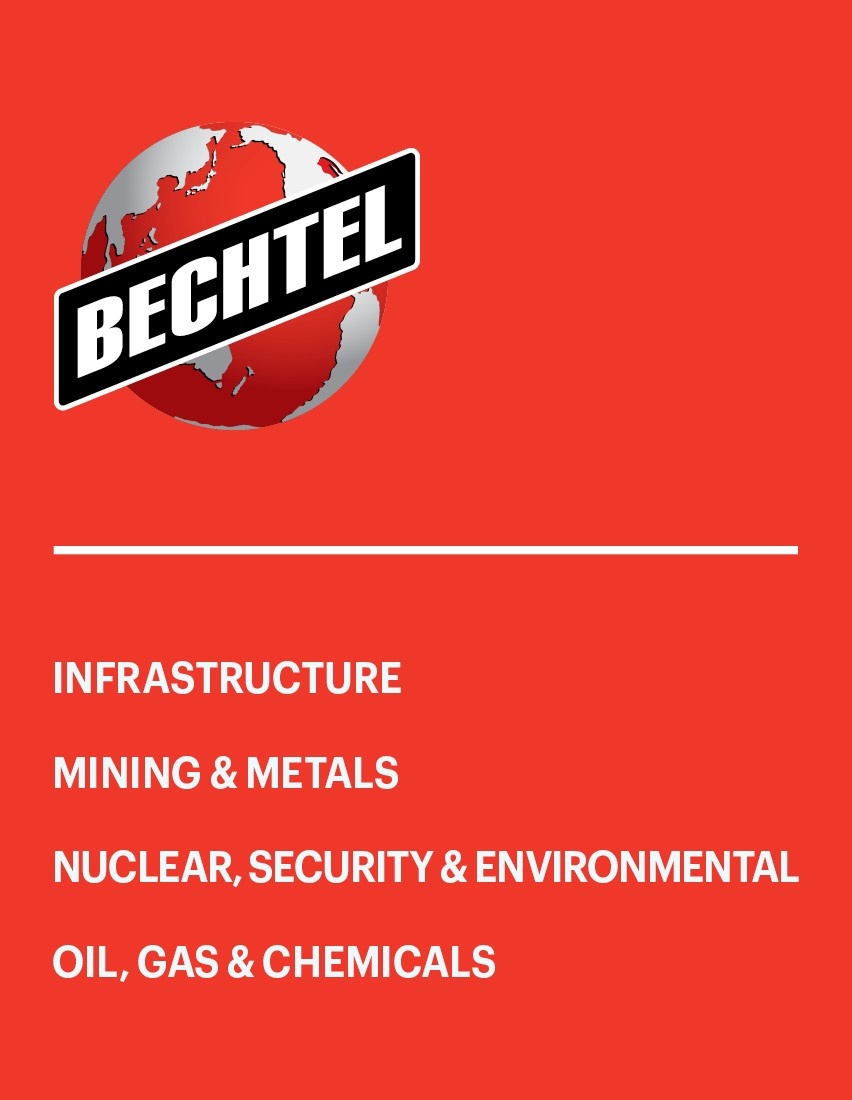BECHTEL CASE STUDY: Balancing Economic Growth with Low Carbon Energy Solutions
by Donald Koza
SDG 7: AFFORDABLE AND CLEAN ENERGY
Ensure access to affordable, reliable, sustainable and modern energy for all
SDG Target 7.1: By 2030, ensure universal access to affordable, reliable and modern energy service
Challenge
The United Nations estimates that over 3 billion people rely on energy sources like wood, coal, and charcoal for cooking and heating, which cause unhealthy indoor air pollution. Additionally, 1 in 5 people lack access to modern electricity. China, for example, is expected to increase coal-fired generation plants by as much as 19 percent over the next five years; Pakistan has committed to as many as 12 new coal-fired power plants, and there are more than 100 in planning stage in over 11 African countries.
While coal dependency may not be at an all-time high, it is still considered a practical option for many countries—particularly for emerging economies as they face the daunting task of providing energy that is greener and reasonably priced to meet national economic targets and global climate commitments.
Approach
Making coal-fired power plants cleaner and affordable, as part of the energy mix and transition to a low-carbon energy future, is a challenge and opportunity for many emerging economies. The development of new, cost-efficient innovations and technologies is helping to make the transition possible.
Circulating fluidized bed (CFB) boilers, a technology for coal combustion or burning that absorbs pollutants before they are emitted, are now widely used around the world. This clean process for firing coal offers a cost-effective opportunity to achieve cleaner air by lowering emissions of pollutants. Some of the advantages of applying this technology is that it can readily capture over 90% of Sulfur Dioxide (SO2) as it is formed by adding pulverized limestone to the combustion process. Adding a polishing flue gas scrubber, which is a type of wet scrubbing that can remove or neutralize environmentally harmful substances, can keep SO2emissions low even with high sulfur fuels. Moreover, the combustion air to the process is staged so that very little nitrogen from the air is oxidized along with fuel nitrogen, significantly lowering overall Nitrogen Oxide (NOx) emissions.
The CFB boiler process captures the bulk of bed material, a mixture of crushed fuel, ash, and limestone, that is lifted out of the furnace with hot combustion gas, returning it back to the furnace for further combustion and attrition until virtually all the carbon is consumed. In technical terms, this circulation continues until each fuel particle is fine enough to escape as fly ash. Large, heavy particles, mostly rock, drop out of suspension and are removed as bottom ash.
The CFB ash, unlike most coal ash, is alkaline in nature, which when hydrated with filtered power plant waste water has zero liquid discharge—essentially all the waste water from the power plant is used to hydrate the ash for safe disposal. The ash is also self-hardening—which means it has good compaction strength. Some of the sustainable uses of this CFB ash includes: sub-base for pavements, soil stabilizer for sandy or loamy soil, sludge thickener, structural fill, and aggregate. Another important benefit of the CFB ash is that it makes coal mine reclamation easier. That is, it can be applied to contaminated mine soil to neutralize the acidity, compacted, and covered with topsoil for planting the areas with appropriate vegetation.
CFB Ash Disposal
- CFB ash is alkaline > hydrate for safe disposal
- Filtered power plant waste water for ash hydration > zero liquid discharge
- CFB ash is cementitious (self hardening)
- Sustainable uses: aggregate, sub-base for pavements, soil stabilizer for sandy or loamy soil, sludge thickener
Key Learnings
For coal-fired power plants, it’s about rethinking a key industrial era technological process and modernizing it in a way that makes it cleaner for the air and environment, but also affordable to governments and society to help reduce the energy poverty that can hinder access to productive livelihoods and sustainable economic growth. Bechtel has over 30 years of experience with CFB projects and has been involved in the development of many such projects in India. Over the years, the evolutionary process of CFB technology is cleaner, more efficient, more reliable, and is available in larger sizes.
To learn more about Bechtel, visit the #build100 blog and sign up for our newsletter here.



